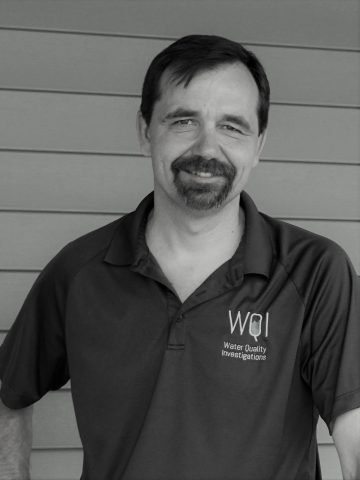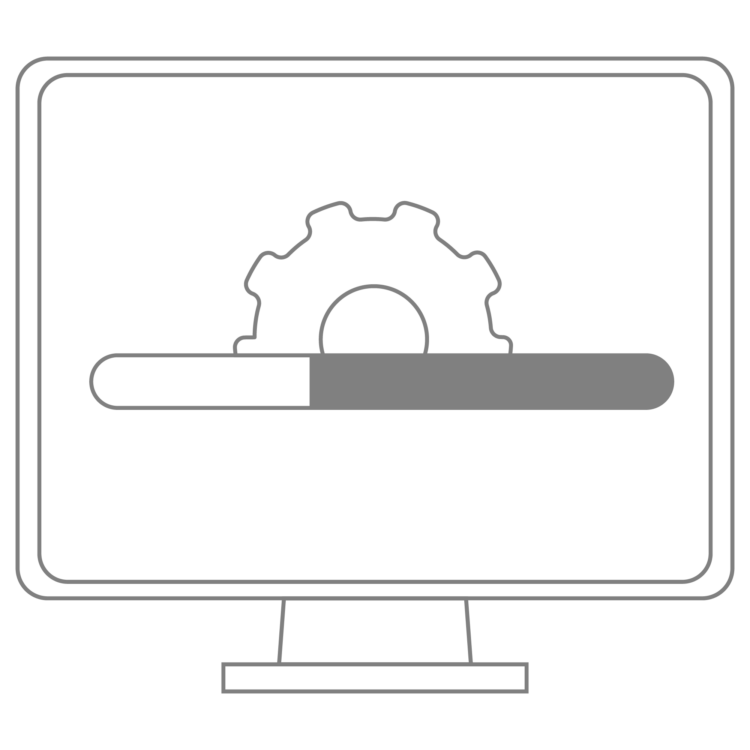Guest speaker Dr. Andrew Jacque discusses his innovative work to elucidate and remedy challenging water quality issues due to biofilm growth and other factors using a broad range of techniques including fluorescence and UV-Visible spectroscopy. The focus is on the insight provided by EEM fluorescence fingerprints.
"*" indicates required fields
 Andrew D. Jacque, Ph.D., P.E. is the Chief Scientist and Founder of Water Quality Investigations, LLC. WQI and Dr. Jacque developed the Biofilm Indication Test™, Biofilm Activity Test™ and Legionella Indication Test™, which help assess whether the presence of naturally occurring biofilm in a drinking water system is the root cause of a water quality/corrosion/health issue or the symptom of a much larger issue. Dr. Jacque has 30 years of experience in the fields of water supply and water treatment, including university teaching, engineering consulting, equipment sales and public/utility service. Andrew received his BS in Civil Engineering from the University of Wisconsin – Madison in 1990. He returned to UW – Madison in 2005 to pursue MS and PhD degrees. Andrew earned his PhD in 2009 in environmental engineering with a minor in hydrogeology. Graduate work and research included a secondary emphasis in microbiology.
Andrew D. Jacque, Ph.D., P.E. is the Chief Scientist and Founder of Water Quality Investigations, LLC. WQI and Dr. Jacque developed the Biofilm Indication Test™, Biofilm Activity Test™ and Legionella Indication Test™, which help assess whether the presence of naturally occurring biofilm in a drinking water system is the root cause of a water quality/corrosion/health issue or the symptom of a much larger issue. Dr. Jacque has 30 years of experience in the fields of water supply and water treatment, including university teaching, engineering consulting, equipment sales and public/utility service. Andrew received his BS in Civil Engineering from the University of Wisconsin – Madison in 1990. He returned to UW – Madison in 2005 to pursue MS and PhD degrees. Andrew earned his PhD in 2009 in environmental engineering with a minor in hydrogeology. Graduate work and research included a secondary emphasis in microbiology.
Dr. Jacque has pioneered an analytical approach and developed specialized methods to conduct client focused scientific investigations to determine the root causes of degraded water quality in groundwater wells, water treatment plants, water distribution systems, premise plumbing systems and process water systems. His scientific investigations use techniques from the fields of environmental chemistry, electrochemistry, biochemistry, microbiology, hydrogeology and engineering to determine the true causes of a water quality issue and to design a solution to remedy the issues at hand. This multidisciplinary approach separates symptoms from problems and prevents implementation of solutions that could cause unintended consequences or require unnecessary, costly construction.
In general, WQI has found that the excessive presence of certain types of naturally occurring biofilm in the source water, treatment plant and/or water distribution system can promote/cause microbial induced corrosion of lead and copper plumbing components, repeat/false coliform positive issues, excessive corrosion in treatment plant infrastructure, disinfection byproduct formation, taste and odor complaints/issues, health concerns, and/or turbid water events in premise plumbing. The type and severity of biofilm present, and whether it will be corrosive or become a risk to public health, depends upon source water quality, the amount of nutrients present in the water, water system cleanliness, the amount and type of chemicals added to the water and the balance of nutrients. Often, control of biofilm in the source, in the treatment plant, at the entry point and/or in the distribution system through improved treatment, nutrient removal and/or system cleanliness will minimize water quality issues and/or microbial induced corrosion of premise plumbing materials. WQI is assessing application of these methods to wastewater treatment for use in diagnosing/resolving treatment issues and/or upsets in treatment.


